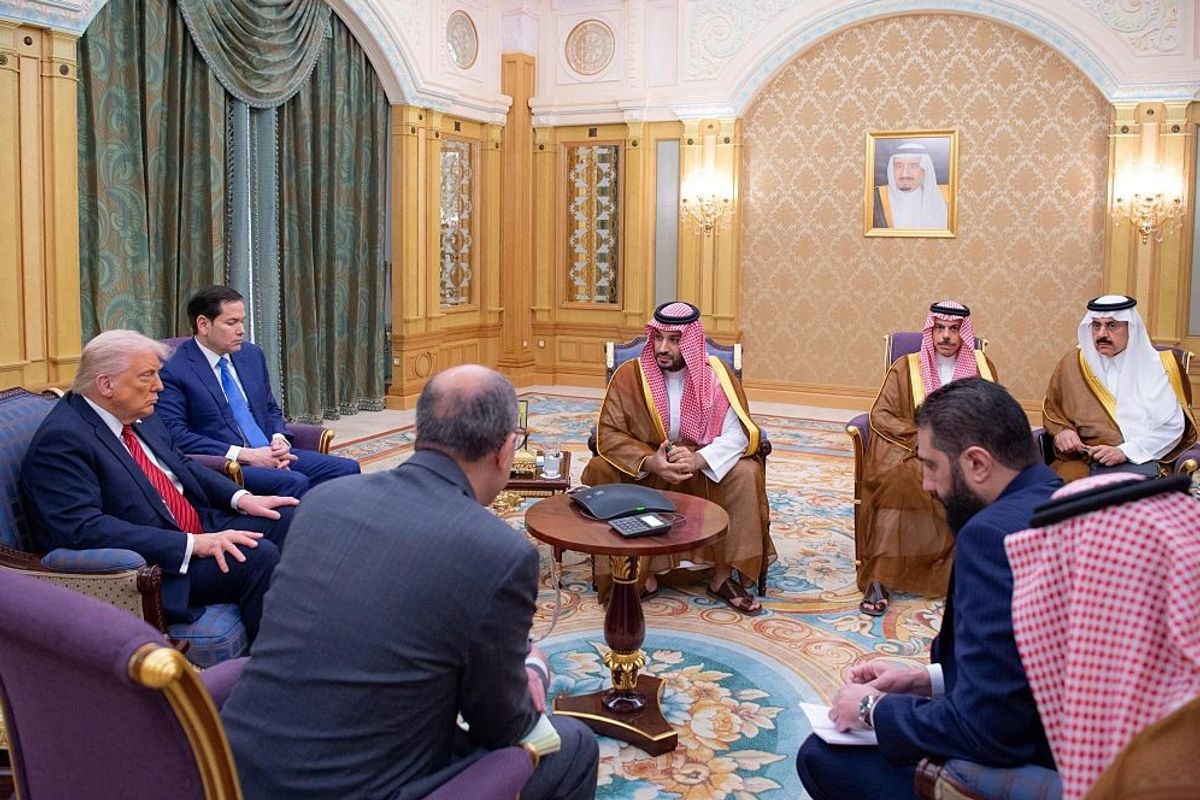At the outset of a new administration, it is prudent for incoming officials to bring CIA expertise in and look back at covert action, exploring what’s worked, what’s fallen short, and why.
Presidents since George Washington have come to understand that strategic opportunity sometimes lies in the shadows. Since the end of World War II, every administration has turned to the CIA to run covert action programs on behalf of the president. How a new administration comes to view covert action is based in part on how it understands its historic usefulness and the limitations of past and present programs.
As Washington himself said, “We should not look back unless it is to derive useful lessons from past errors, and the purpose of profiting by dearly bought experience.”
Covert Complements Overt
In the days of Bill Donovan-inspired derring-do, too often CIA covert action programs conflicted with overt policy – singular projects outside of what we would now call a whole-of-government approach.
A familiar axiom among experienced intelligence officers is that covert action is not a substitute for policy. The modern era requires that covert action programs be part of a comprehensive national security strategy, one that involves all instruments of power – diplomatic, informational, military, and economic.
Covert Action is a Long-Term Odyssey
Most covert programs require an extended period of time – often five to seven years – to attain results that might be considered successful. It’s imperative that future overseers of covert efforts understand effects on the ground are not readily discernable, and positive results take time to flourish, often beyond the life of a single administration.
A good example of this long-term principle is the Afghan jihad against Soviet armed forces. Few recall this covert program was a 12-year campaign that began with a very modest objective, ensuring that Soviet forces did not easily attain victory.
Knowledge is Power
The Persians claim they said it first: tavanah bovad har ke donah bovad – knowledge is power. Once authorized by the president – no matter how thoughtful, incomplete, or limited the finding – when the CIA launches a program it greatly enhances what is known.
Action begets knowledge. The CIA is foremost a learning institution, unparalleled in the U.S. government. It has the unique ability to discern relatively quickly what’s important and who matters, and to generally learn that which was previously unknown. Inevitably, experienced professionals across government turn to the CIA for its insight.
The CIA does not formulate policy but its products inform the president, and in turn improve thinking on an issue. In the same way action begets knowledge, knowledge fosters opportunity.
Adaptation is Imperative
Strategic covert action programs are meant to employ an objectives-based, methodical approach over time, unaffected by the day-to-day eccentricities of the enemy.
The CIA succeeds when it fosters deliberative adaptation to a problem set, based on careful assessment of an enemy’s actions and apparent strategy. CIA programs must maintain authority for tactical adaptation to maneuver inside established parameters.
For example, during the Afghan jihad in the 1980s, as the covert action program progressed, knowledge increased and opportunity arose. After years of review and debate, program objectives were eventually updated by the President and his advisors, reflecting the new program objective – ousting the Soviets from Afghanistan.
The Resource Threshold
Sufficient resources are needed to make a discernible positive impact. Prudent program developers should present conservative estimates of resources needed to make a minimal level of progress, a threshold below which no effort should be undertaken.
With President Reagan’s updated strategic objectives came a commensurate increase in means available, ultimately providing for a stronger and more viable fighting force – including the battlefield introduction of shoulder-fired missiles – which facilitated successful results.
Consistent with National Values
Quiet support for democratic ideals dates to our revolutionary origins. Noble ideas, consistent with our national values of liberty, human dignity, and a government responsive to its people, can and should be fortified from time to time, so they remain part of the international discourse – which ultimately supports our national security interests.
Don’t Be Beguiled
Middle East case officer Kermit Roosevelt, the man in Tehran in 1953 overseeing operations to overthrow the government of Mohammed Mossadegh, cautioned an enthusiastic administration at the time that “one size does not fit all.”
The ready use of a means available, because it is in hand or it worked elsewhere, is ill-advised. Covert action program development ought to start with an objectives-based assessment, asking what are we trying to accomplish and how do we get there – not what have we done elsewhere or what resources are available.
In addition to the issue of launching too quickly, programs can sometimes continue too long. An established program can have enormous momentum. As no collection operation runs forever, covert action programs, from the outset, should plan for and estimate a timeline for sunset.
Measuring effectiveness is imperative. If things aren’t going well, any administration can be sure that critical eyes inside the CIA will bring forward the cold, hard facts. Hope is not a strategy.
Equally important, CIA specialists can provide sober assessment of potential long-term risks of a covert program. A hasty end to a momentous, multiyear program, as the Afghan jihad, can leave a vacuous space in which nefarious elements can germinate and thrive. The hard lesson learned from Afghanistan is that a comprehensive exit strategy must be contemplated from the outset.
Covert Action is Covert War
As Henry Kissinger famously cautioned, “Covert action should not be confused with missionary work.” Intelligence officers, program managers, and White House authorities should all be of the same mindset: Covert action is akin to covert war.
Any national effort meant to be implemented abroad covertly, without the approval or awareness of the sovereign foreign power, entity or group, ought to be undertaken with the highest degree of caution and ample planning. Only after it is determined that the overt national instruments are insufficient and the likely results so perilous to national security, should an administration employ its covert resources in the shadowy area between diplomacy and war.
James Periard is a retired CIA case officer and former CIA Representative to the National War College. Periard was the lead editor and author of the CIA’s doctrine manual for covert action.












